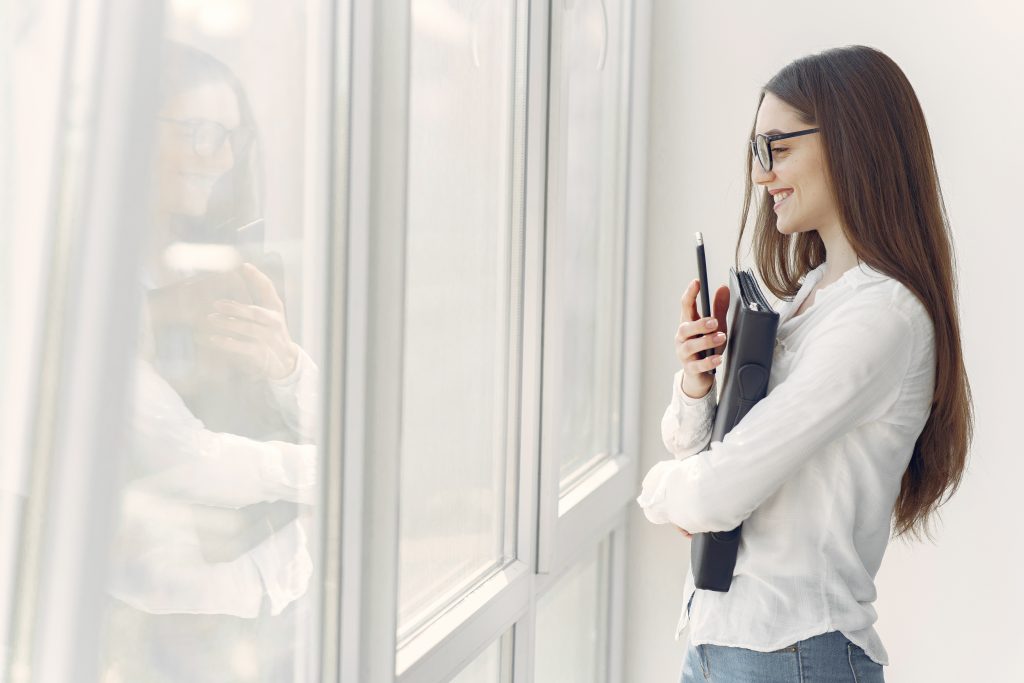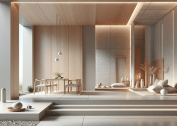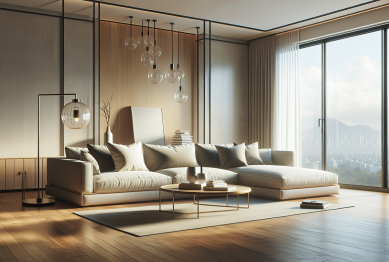Learning what it means to protect your creative window can transform how you approach work, projects, and self‑care. In our busy digital age, many people are embracing strategies that guard mental space for creativity—ensuring time for flow, incubation, and intentional work. Understanding this empowers you to guard your most fertile thought periods and nurture innovation.

The Creative Window Explained
Your creative window refers to the optimal periods during which your cognitive resources align for insight, originality, and idea synthesis. Protecting that window means proactively creating space—free from interruptions, digital noise, and misalignment.
Why It Matters
-
Allows you to enter flow: Deep work requires uninterrupted time to immerse yourself and create at full mental capacity.
-
Supports incubation: Stepping away from problems—through walks, breaks, or sleep—facilitates unconscious connections and flash insights.
-
Respects chronotype: Creativity often aligns with individual energy peaks—midday for some, late-night for others, afternoon dips for those who flow after fatigue .
How Routines Can Help
The Paradox of Routine
Structure might sound antithetical to creativity—but routines offload trivial decisions and free energy for novel thinking.
Simple Entry Points
-
Morning light + meditation to set focus.
-
Scheduled creative blocks during peak hours (e.g., 11 a.m.–2 p.m.).
-
Break rituals such as quick strolls to reset and foster new connections.
Finding Your Peak
Track Your Flow
Record times when creativity spikes—whether mid-morning, afternoon, or late evening—and replicate those environments.
Ideal Time Windows
-
Midday often yields the highest group creativity.
-
Creative peaks may follow routine or habit by reducing cognitive friction.
Guarding Your Creative Space: A Guide
1. Identify Your Creative Window
Use a time-tracking tool to chart cognitive energy over a week. Mark your high-focus hours.
2. Block Working Time
Dedicate recurring calendar blocks to deep work. Protect them like critical meetings.
3. Minimize Digital Distractions
Silence notifications, close email and chat apps. Even small interruptions can derail flow.
4. Incorporate Incubation Breaks
Allow mental space by walking, resting, or engaging in unrelated activities. Many breakthroughs arise in these gaps .
5. Use Routines to Automate Entry
Consistent cues—coffee, sitting at your desk, opening blank document—signal your brain to begin creative work.
6. Experiment and Adjust
Test different periods and routines. Monitor results and refine to optimize clarity and output.
Real-World Applications
-
Design teams schedule brainstorming at midday, following cognitive peak research .
-
Writers often draft first thing in the morning or late evening, when internal distraction is minimal.
-
Remote teams establish core hours for collaborative focus and block them from meetings and notifications.
Limitations and Tips
-
Creativity isn’t a fixed window: illness, sleep variation, and stress change timing.
-
Routines may undercut flexible thinking if overly rigid—balance matters.
-
Breaks shouldn’t feel like punishments; they’re part of the creative process.
The Bigger Impact of Protecting Your Creative Time
-
Improved focus and reduced decision fatigue.
-
Higher-quality output through sustained engagement.
-
Enhanced well-being as work feels more satisfying and less chaotic.
-
Self-awareness as you learn to honor your mind’s natural rhythms.
Conclusion
Understanding what it means to protect your creative window is crucial in a world flooded with tasks and distractions. By identifying your peak times, layering routines, and sustaining focus through breaks and structure, you honor your mind’s potential to innovate. Prioritizing creative time isn’t indulgent—it’s essential for meaningful work and personal wellness.
References
- Rajiv Talreja. (2023). An Executive’s Daily Routine for Productivity and Balance. Retrieved from https://rajiv.com
- Breslin, D. (2018). Group Creativity and the Time of Day. Sheffield University Management School. Retrieved from https://eprints.whiterose.ac.uk
- Oppezzo, M., & Schwartz, D.L. (2014). Walking boosts creative thinking by 60%. Journal of Experimental Psychology. Retrieved from https://www.vogue.com









